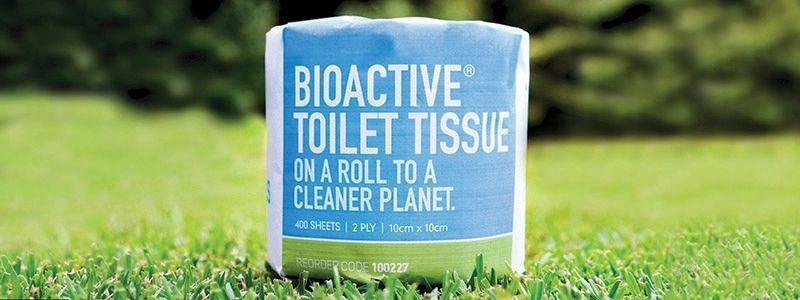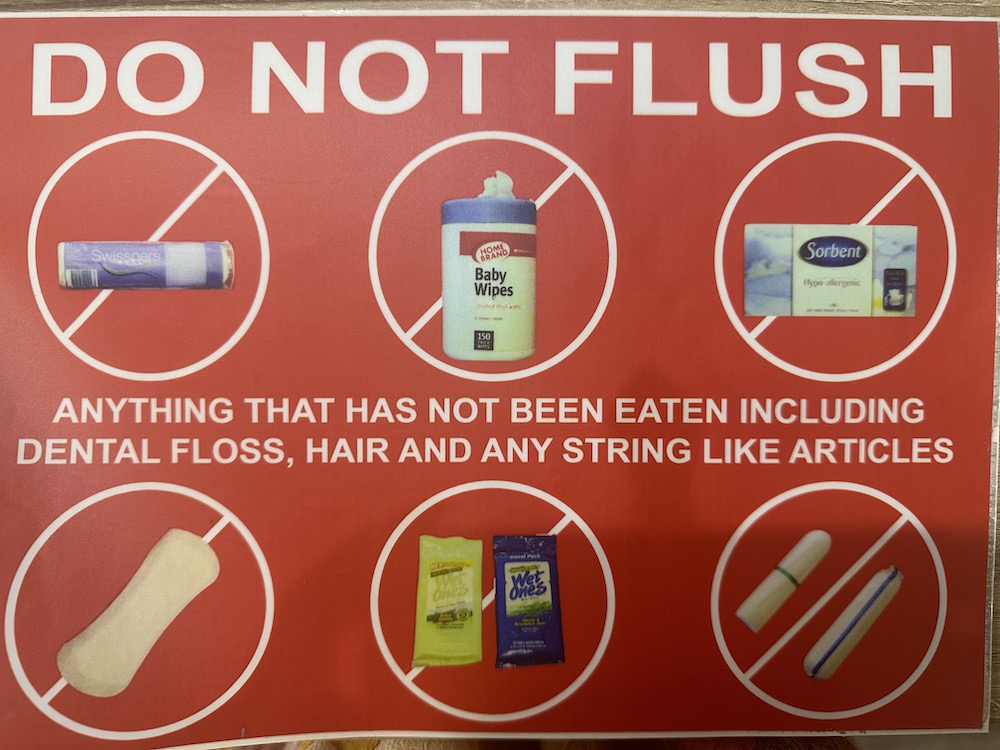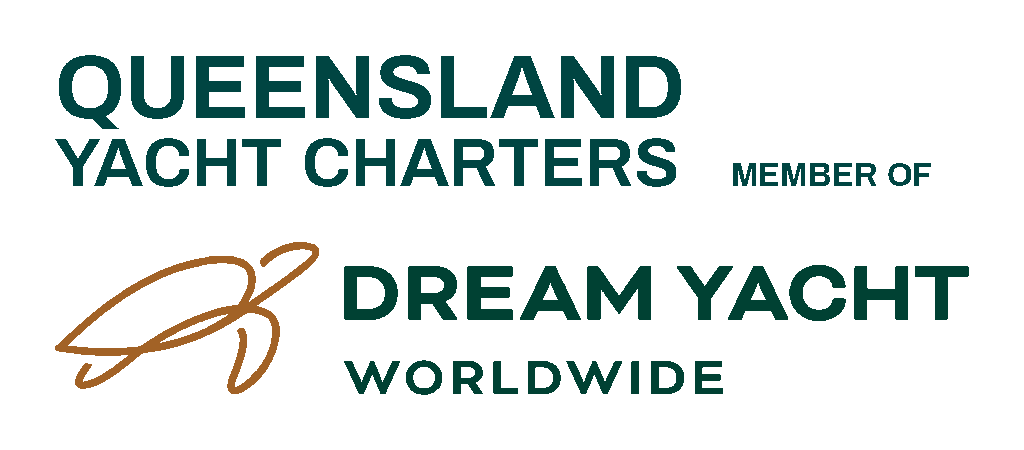Let’s have a little chat about LOO PAPER and TOILETS
As Queensland Yacht Charters is an Eco certified company, we provide Eco-friendly Toilet Paper on all of our vessels. Why? Eco-friendly toilet paper is not only better for the environment but better for sewerage systems too.
What are the benefits of eco-friendly toilet paper?
There are many benefits associated with using eco-friendly or sustainable toilet paper.
Genuine eco-friendly toilet paper dissolves faster in water than standard toilet paper – leading to fewer sewerage blockages and lower plumbing maintenance costs.
Enviroplus Bioactive Toilet Tissue is an innovative toilet paper that’s designed to break down organic matter in toilet pipes and sewerage systems. Bioactive Toilet Tissue is made from PEFC-certified paper that’s treated with Biologic Active Tissue Paper (BATP®) spray. The BATP® technology consists of five natural microorganisms, which “activate” on contact with water.
Bioactive Toilet Tissue is ideal to reduce toilet blockages and plumbing callouts. Many plumbing blockages occur in high-traffic bathrooms, which are commonly found on boats with lots of people on board!
As we provide this great product on your vessel you don’t need to pack your own and we prefer that you don’t, so that toilet issues are minimized by using the correct toilet paper.

How does the electric marine toilet work?
The water inlet device, solenoid or inlet pump, delivers clean water to the inside of the toilet bowl. The macerator pump, integrated in the ceramic toilet, grinds the waste and then moves it to the black water holding tank. (which is why you don’t use too much paper, or put things down the toilet that should not be put in the toilet e.g soap wrappers, tampons, etc etc and use a Marine Grade Eco Toilet paper as we do – which minimizes blockages in the macerator and minimizes the toilets “not working”. (All it takes is a little care and consideration on your part to be mindful of the instructions provided).
One of the main considerations with a flushing marine toilet is water use, which is a finite resource on a boat. Which is why we have Saltwater flush marine toilets on the majority of our vessels.
Why does it smell?
When flushing with salt water Marine algae tends to be high in sulphur. When it gets into a boat’s toilet and the algae dies, the sulphur is released as a strong rotten egg smell. It’s why if there is a marine toilet – in boating language it’s known as a head and it can be stinky! To counter this smell we use another ECO product, e-Fresh is a highly concentrated air freshener and blue toilet solution for toilet cleaning and deodorising. It has been designed to counteract unpleasant odours using a combination of biodegradable surfactants, a nutrient source of vegetable origin and a fresh fragrance. The plant-based nutrient helps to stimulate naturally occurring microbes in the sewer environment, thus accelerating organic waste break down and eliminating associated odours.
Remember, that a freshwater toilet will be competing for a scarce resource that will be used for everything from washing saltwater off the kids after a swim to making ice cubes for the cocktails you plan to enjoy while watching the sun go down at the end of the day.
The other big consideration is how much volume you’re likely to need to hold all the human waste and water flowing into the holding tank. There’s no hard and fast rule, but expect at least a litre per person for each day in ‘black’ waste and another litre per person a day in ‘grey’ waste such as shower or dishwashing water. Which is why we ask you to empty the holding tanks and flush water through the holding tanks on your return and during your Charter. To keep things running smoothly and to make sure that the tanks are empty and fresh for the next Charter guests.
Use the marina whenever possible…
Most marinas have toilets, showers and other sanitary facilities. When moored ashore, and during your Sleep-aboard we recommend using them.
One of the important amenities on a boat is the toilet, known as a “head”. Everyone can use one at home, but marine toilets are very specific. So, what different types of toilet can you find on a boat? How do you flush it? What can or can’t you put down the toilet? How do you avoid spilling the contents of the tank, or sort out a clogged toilet? We’ll be answering these questions and more.
How to flush the toilet: mechanical versus electric toilets
Two main types of toilet can be found on a boat: mechanical or electric. Flushing an electric marine toilet is simple. You’ll usually find two buttons either marked “fill” or “drain”. At the touch of a button, you can effortlessly fill the bowl with water and flush it all away.
With a mechanical toilet, it’s a bit more involved and you’ll need to know more about how it works. Next to the toilet bowl there is a hand pump and then a switch to change between 2 processes (filling and draining). To use it, you’ll need to set the switch and then manually pump the handle up and down until the process is complete.
No matter whether it is electric or not, the method of using the on board toilet is as follows:
- Fill with the water.
- Do your business
- Pump out the water
If you’d prefer an electric toilet when sailing, we recommend renting the latest boat models. With boats from 2005 and older, you can usually forget about it having an electric toilet. The most luxurious yachts come with toilets that work on the vacuum principle (VacuFlush).
Mechanical marine toilet
What you shouldn’t put down the onboard toilet:
- Pads or tampons
- Wet wipes
- Tissues
- And we’d be very careful with food scraps.
Heeling and valves: beware of leaks
No valve in the world is 100 % leakproof. And that also goes for the valves on board. If you’re heeling too much, the contents of pipes, such as waste pipes, can spill out. Apart from being disgusting, large amounts of water can also damage the boat’s equipment, not to mention short-circuit the electrical wiring. So if you are expecting an exhilarating ride, close all the valves on board that could potentially cause a flood in the bathrooms. Valves are usually located under the floor near the bathroom, but inquire about their location when you check-in.
Remember that each bathroom has its own valves. So if you have a boat with three toilets, you will have to close 3 separate valves.

What to do if it won’t flush
When a toilet can’t be flushed, it is very unpleasant. There can be several reasons for this, so let’s look at them and do a bit of troubleshooting.
- The valves are closed
This usually makes the hand pump very difficult to operate and feels like it’s springing back. Solution? Open the valves, but do nothing by force. - Too large or solid stools
In the long run, we would advise you to eat more fibre, fruits, vegetables and improve your drinking regime. However that won’t help with a clogged toilet. What may help is to try to soak the waste a little with warm water from the shower. This should help soften it so it can pass through the narrow pipes. If that doesn’t help, you can also just wait a bit of time for it to naturally break down a little. - The pipes are blocked
This is the worst-case scenario and means that the entire toilet system needs to be dismantled. On charter boats, you don’t often have any spare parts with you to do this competently, so it’s best to contact a mechanic somewhere in port. Expect to pay for this service.
What do you flush with?
Water, of course. But the question is really where the water comes from. On some boats this is from the sea, meaning it is in unlimited supply, whereas on others, it is water from the tank. In this case you’ll need to monitor how much you use. Find out about the whole process and method of flushing at check-in.
Emptying the waste holding tank
We expect that the boat is returned with an empty waste tank. But according to international conventions concerning ecology, you shouldn’t dump faeces into the sea near the coast. This is because it pollutes not only the sea, but also the beaches and the coast. In practice, most sailors solve this problem by discharging the waste tank somewhere a little further offshore just before returning the boat. Of course, there is usually a marine pump out station at the pier for you to empty it.


